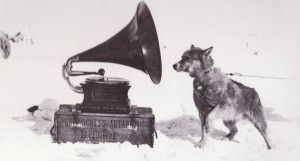National Standards for Music Education
Below are the National Standards for Music Education as described on the National Association for Music Education website.
We wrote Interactive Listening to address items number 6-9 of this list.
National Standards in Music Education
1. Singing, alone and with others, a varied repertoire of music.
2. Performing on instruments, alone and with others, a varied repertoire of music.
3. Improvising melodies, variations, and accompaniments.
4. Composing and arranging music within specified guidelines.
5. Reading and notating music.
6. Listening to, analyzing, and describing music. Each chapter focuses on critical thinking and cultural comparisons. Instead of presenting analysis in the traditional textbook format, our education method encourages students to build their own using specific guides.
7. Evaluating music and music performances. Our method relies on multiple listenings of each example, and extensive listening of diverse examples to build an appreciation of music. Most music teachers spend time playing students great international artists in class, an activity that isn’t addressed in textbooks today. Interactive Listening is built on the real classroom experience of comparing Yo Yo Ma to Pablo Casals.
8. Understanding relationships between music, the other arts, and disciplines outside the arts. By focusing on the principles of the Baroque period, for example, music students learn to compare the density of layers in Bach’s counterpoint to ornate architecture in Versailles. While listening to Mozart, students look for parallel relationships in classical architecture.
9. Understanding music in relation to history and culture. While analyzing melodies from the Middle East, students learn to find their location on an interactive map. Each musical language is absorbed in the context of the people, art, dance, and origins. Music is not a universal language, it is spoken in many languages as a description of our universal human experience.
Through a more engaging and quickened experience, Interactive Listening hopes to connect with students in the digital world of multimedia. The language of education must adapt to the tempo of modern life. The well rounded education in music should leave students with more questions than answers. The final goal of our education platform is to end a semester with more curiosity an art form that is always moving.
For more information about our iBook, please visit us in the iBookstore music section here.
https://interactivelistening.com

